The Ceremony of Picking the Harvest with the Maengket Dance by the Minahasa Community
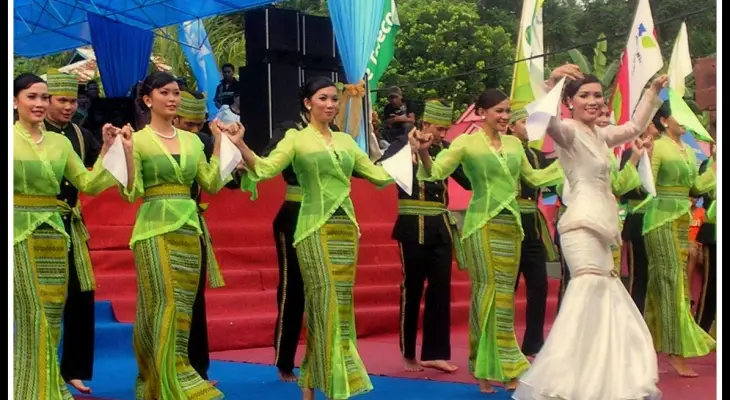
Holiday Ayo - A vacation in Tomohon City becomes a new experience for most people. It is because they need to take some time and efforts to get to the region. So, what is it good for? Aside from visiting available natural attractions, tourists can also learn the local traditions or culture.
North Sulawesi Province has a very unique regional art, namely Maengket Dance. The word maengket itself comes from the local language, namely crank, which can mean lifting the heel of the foot up and down. With the addition of the ma prefix to the word crank, it can mean dancing up and down.
This Maengket dance is one of the traditions of the Minahasa community that is still preserved today. The Minahasa people themselves are the original inhabitants of North Sulawesi. Although the Minahasa community consists of various tribes and religions, the Minahasa people live side by side and in harmony.
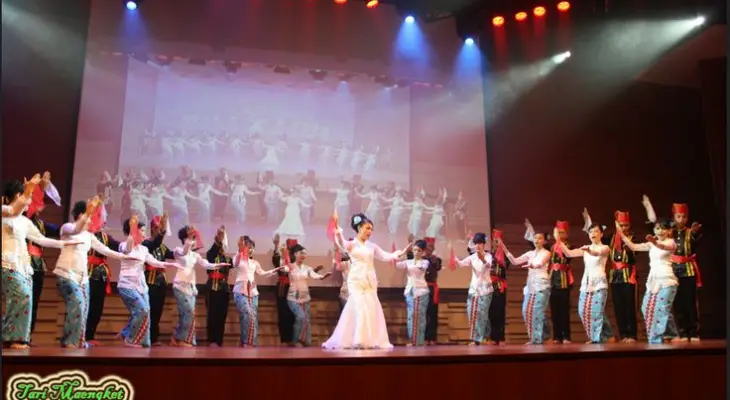 source: pinterest
source: pinterest
This also affects the cultural characteristics of the Minahasa community, including the maengket dance. Due to the large variety of tribes in the Minahasa tribe, the terms used in the maengket dance technique also vary according to the language of each tribe.
Maengket dance has been known since the Minahasa people were familiar with agriculture. Long ago, the Maengket Dance was performed at the time of the harvest as a thanksgiving to God with simple movements. Maengket dance consists of 3 stages, namely Maowey Kamberu, Marambak, and Lalayaan.
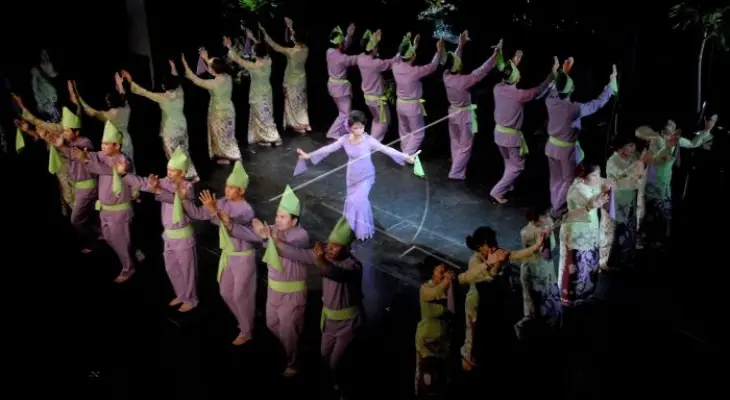 source: antara foto
source: antara foto
Moawey Kamberu is a dance that is performed as an expression of gratitude when the rice harvest is abundant. Meanwhile, Marambak is a dance that displays the spirit of mutual cooperation of the Minahasa community in building new homes for new families, while Lalayaan is a dance that symbolizes young Minahasa students looking for a mate or also known as the Minahasa youth social dance in the past.
The Minahasa people used to play the maengket dance in the rice picking ceremony. Maengket dance itself is divided into two parts, namely Sumempung which is intended to invite the spirits of the Gods and praise the Empy (God) and Mangalei which is intended to ask for blessings from the Gods. Maengket dance is actually a unity of two branches of art, namely dance and singing. The rice picking ceremony is a traditional ceremony carried out during the traditional feast season which lasts for 28 consecutive days.
In its development, Maengket dance has now become a tourism attraction, especially in North Sulawesi Province. Therefore, the maengket dance is still preserved as a cultural asset by continuing to undergo modifications without compromising the philosophical values of the dance. Maengket dance is now not only used by the community in traditional ceremonies, but also as an alternative in traditional entertainment that is still maintained and developed by the Minahasa community.
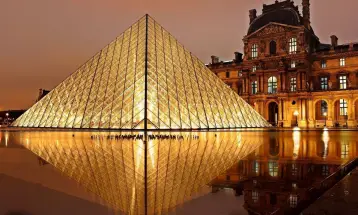





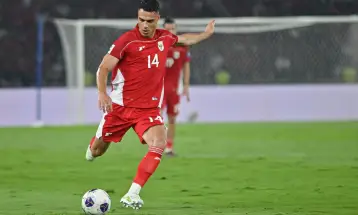

Leave a comment